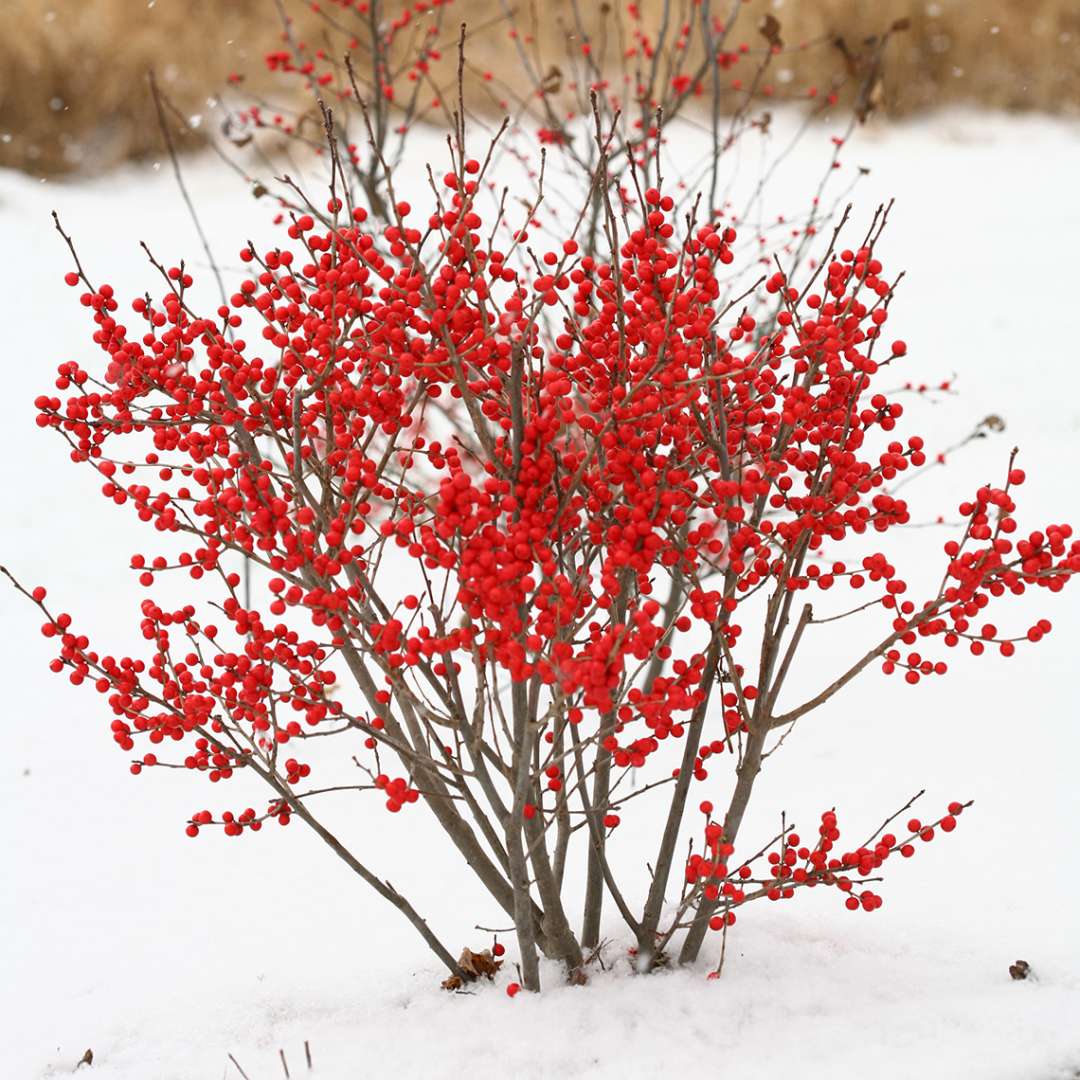
As the weather cools and we head into the holiday season and beyond, there are some things you need to do to winterize your landscape. You’ve probably noticed your perennials getting wilty and brown. Most blooms are finished for the year, leaving behind brown and possibly moldy dead petals. Your trees and shrubs are losing their leaves. If you look hard, you’ll see a new crop of annual winter weeds popping up. It’s certainly a time of transition for our landscapes.

Before we talk about the tasks that need to be done, let’s talk about what our plants are doing at this time of year. You might look at your plants and say, “they’re dying.” But that is so far from the truth! Even though our plants don’t look their best right now, they’re doing really important work that’ll prepare them for surviving the winter and coming back strong the following year.

Think about a hibernating bear. They spend the fall stuffing themselves with food before they go dormant for their long sleep. After they have tons of energy stored up, they hunker down and stay put, surviving off of that stored energy for many months before spring comes and they can get out to refuel!
Plants are doing the same thing in the fall but, of course, they can’t go looking for food; they produce it themselves from sunlight. Throughout the fall, they’re using their leaves to collect sunlight and turn it into energy. Then, they pack that energy away, usually into roots, trunks, stems, and buds. Through the winter, they will use small amounts of that stored energy as needed but the majority will stay in storage until the spring. In the spring, these plants need all the energy they stored in order to push out their new leaves and to regrow from the ground, in the case of perennials. Once they have new leaves and shoots, they can begin feeding themselves again!

Hopefully, you can see that what happens to our plants in the fall is so critical to their success the following year. If there are environmental stressors that our plants face in the fall such as flooding, drought, disease, or physical damage, it can reduce the amount of energy they are able to store up for the following spring. While we can’t control the environment, we can control what we are doing to our plants in the fall. Here are some dos and don’ts for the fall that can make a big difference for the success of next spring:
- DO remove dead or dying flowers as they begin to decline for the season. This will prevent disease spread and reduce the amount of energy the plant has to be spending to maintain these blooms.
- DON’T cut back perennials if they’re still green. Green leaves are still capturing sunlight and producing energy. Allow those leaves to do their work as long as possible.
- DO cut back perennials once the above-ground growth has turned brown and died back. If the stems are hollow or there are seed pods remaining, consider leaving these through the winter to provide shelter and food for beneficial insects and wildlife. If you need to remove them, place them in a discrete area of your yard such as a natural area or in the back of a flower bed.
- DON’T prune trees and shrubs until late winter. Pruning always stimulates new growth which uses up the energy that the plant is trying to store away. Fall is not the time to stimulate new growth. Prune in the summer or late winter/early spring, depending on the plant.
- DO add mulch after leaves have fallen to insulate root systems and protect from snow and frosts. Keep mulch between 2-4 inches thick and at least 1-2 inches away from the base of plants. Mulch has lots of great benefits and we recommend applying mulch every one to two years, depending on the type you use and how much.
- DO provide plants water if drought conditions occur. Be careful not to overwater as the plants will not lose water as quickly in the cooler fall weather. For more tips on watering plants, check out this post!
- DO rake leaves from your lawn and do not allow them to smother your perennials in their beds. Leaves will block sunlight from reaching your plants and reduce their ability to produce energy for themselves. Leaves can be composted, left in a natural/wooded area of your landscape, or disposed of by your municipality. If you only have few leaves on your lawn, consider mowing over them with a mulching mower and leaving them as an organic fertilizer. Want to know more about handling leaves? We’ve got you covered.
RELATED POST: Taking Control of Your Fall Leaves: Why It Matters
RELATED POST: Taking Control of Your Fall Leaves: What to Do With Them

The fall landscape may seem drab to us but your plants are still working hard. Remember, if you still see green, hold off on cutting that plant back so that it can create as much energy as possible for the future!






